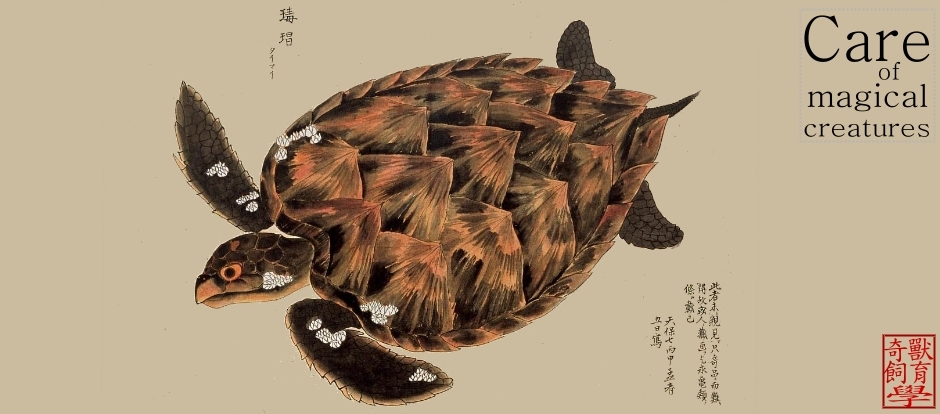 文獻來源: Lima FCT, Albrecht MP, Pavanelli CS, Vono V. 2007. Threatened fishes of the world: Brycon nattereri Günther, 1864 (Characidae). Environmental Biology of Fishes. doi: 10.1007/s10641-007-9319-1
文獻來源: Lima FCT, Albrecht MP, Pavanelli CS, Vono V. 2007. Threatened fishes of the world: Brycon nattereri Günther, 1864 (Characidae). Environmental Biology of Fishes. doi: 10.1007/s10641-007-9319-1Common name: Pirapitinga.
Conservation status: Officially “vulnerable” in Brazil (Rosa and Lima 2005).
Identification: Middle-sized (<30>
Distribution: Upper Paraná (UP), São Francisco (SF), upper Tocantins (UT) river basins, Brazil.
Abundance: Originally common, but now extirpated from most UP and SF river basins (Lima et al. in press).
Habitat and ecology: Restricted to clear-water, middle-sized rivers, with moderate to swift current with intact riparian vegetation. It does not occur in large floodplain rivers. In UT the diet was composed of allochthonous items (seeds, fruits, arthropods). Smaller individuals were carnivorous, whereas larger individuals, herbivorous (Albrecht 2005). Diet in UP was composed of terrestrial and aquatic insects, detritus, fish, algae (Luz-Agostinho et al. 2006), and plants.
Reproduction: Smallest first maturation lengths in UT: 11.4 (females) and 9.8 cm (males), and in UP: 18.5 and 15.8 cm SL, respectively. Breeding individuals were detected during middle dry season (May–July) or late rainy season (March–April) in distinct UP areas, and late dry season (June–August) in UT. The reproductive strategy fits probably the seasonal type (Winemiller 1989). A population was reported to breed in a small river stretch limited by waterfalls (Vieira et al. 2005), suggesting that it does not undertake long spawning migrations.
Threats: Deforestation, water pollution, and dams. Brycon species are highly sensitive to deforestation and water quality degradation, the first due to their dependence on allochthonous resources (Horn 1997, Lima and Castro 2000). Hydroelectric dams have been an increasing threat.
Conservation actions and recommendations: No specific actions have yet been taken to secure the conservation of Brycon nattereri. Conservation of undisturbed river systems where the species occurs is the best way to secure it. Further investigations on its biology, especially reproduction, are necessary.
